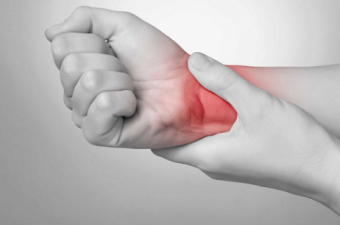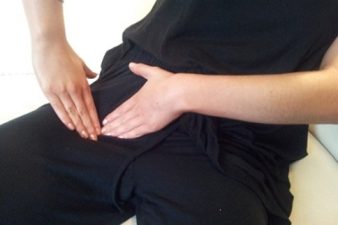As we age, our spine may undergo various degenerative changes. In this blog post, we will delve into the diagnostic procedures used for degenerative spine conditions, potential treatment options, beneficial exercises, and the role of supplements in managing these diseases.
Degenerative Spine X-Ray and MRI
Radiological investigations like X-rays and MRIs play a crucial role in diagnosing degenerative spine diseases. An X-ray provides a basic overview of the spinal structure, revealing problems like bone spurs or vertebral alignment issues. However, it does not show soft tissues, such as spinal discs or nerves.
On the other hand, an MRI offers a more detailed look at the spine’s soft tissues. It can show disc degeneration, herniations, spinal cord compression, and other conditions that an X-ray might miss.
Degenerative Spine Radiology
Radiology, the medical specialty focusing on medical imaging, is central to diagnosing degenerative spine conditions. Radiologists interpret X-ray, MRI, and CT scans to identify abnormalities in the spine. They help pinpoint the exact location and severity of spinal degeneration, guiding physicians in creating effective treatment plans.
Treatment for Degenerative Spine Disease
Treatment options for degenerative spine diseases are diverse, depending on the severity and location of the degeneration, as well as the patient’s overall health and preferences.
Non-surgical treatments are often the first line of defense. These may include:
- Pain medications: Over-the-counter drugs like NSAIDs or prescription medications can manage pain and inflammation.
- Physical therapy: Guided exercises can improve flexibility, strengthen muscles, and relieve pain.
- Lifestyle modifications: Healthy habits, like maintaining a healthy weight and quitting smoking, can mitigate symptoms.
Degenerative Spine Surgery
When conservative treatments fail to provide sufficient relief, surgical intervention may be considered. Surgery aims to alleviate symptoms by addressing the root cause, such as removing a herniated disc or bone spurs, or stabilizing the spine. The exact type of surgery depends on the nature and location of the spinal degeneration.
Exercises for Degenerative Spine
Physical activity is an essential part of managing degenerative spine conditions. Regular exercise helps strengthen the muscles supporting the spine, improve flexibility, and promote overall well-being. Depending on the specific condition and individual factors, a physiotherapist may recommend a mix of strengthening exercises, stretching routines, and low-impact aerobic activities.
Degenerative Spine Supplements
Dietary supplements can play a supportive role in managing degenerative spine conditions. Certain nutrients, such as Omega-3 fatty acids, Vitamin D, and calcium, support bone health and have anti-inflammatory properties. Before starting any supplement regime, it’s important to consult with a healthcare professional to ensure safety and effectiveness.
In conclusion, degenerative spine diseases, while common, can be effectively managed with a combination of proper diagnosis, appropriate treatment options, regular exercises, and nutritional support. Remember, it’s essential to work closely with your healthcare provider to tailor a treatment plan best suited for your condition and lifestyle. A proactive approach can make a significant difference in managing these conditions and maintaining an active, fulfilling life.











